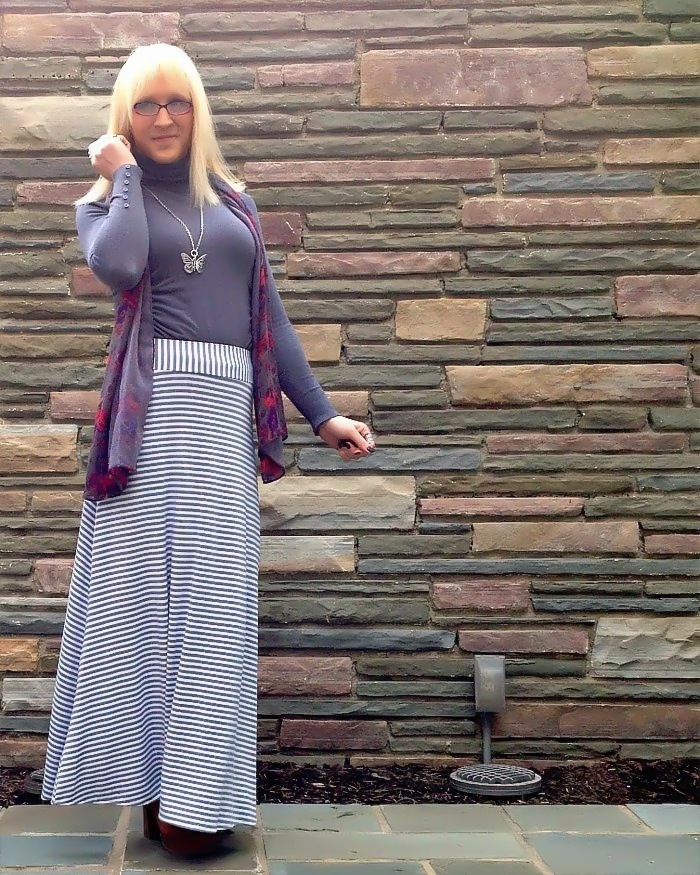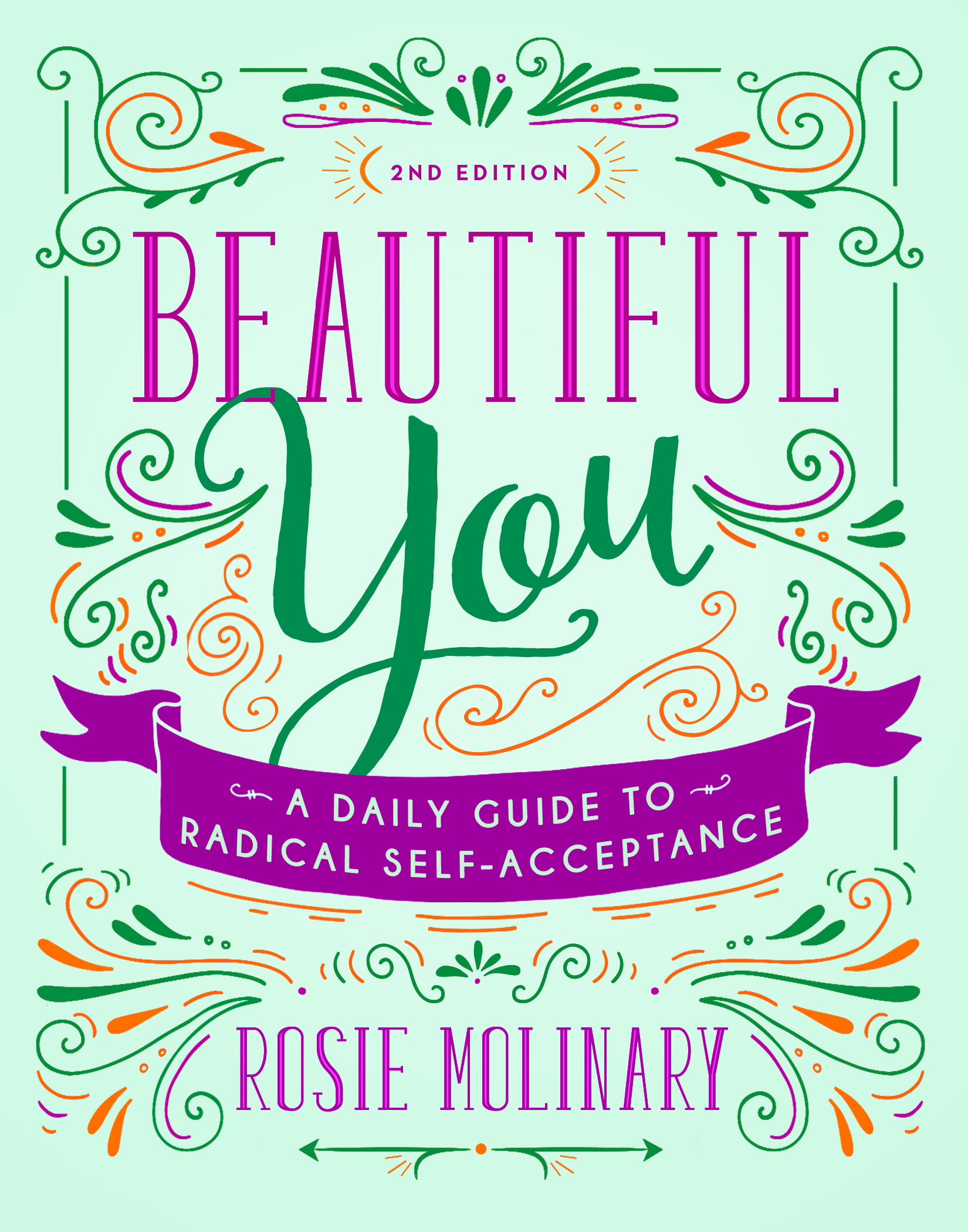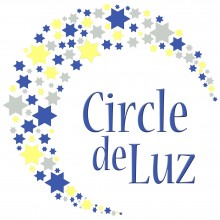February 27 – March 3 is Body Image Warrior Week. Throughout the course of this week, you’ll read posts from an inspiring group of women who fight hard against body image oppression through their own words and work.
- I am honored to introduce you to DeeDee of Decoding Dress. I just met DeeDee because of this Body Image Warrior Week project and I am so glad that I did. She explores why we wear what we wear which is both a fashion and body image minefield (in an awesome way). Here is her wisdom:
It took me a while to figure that out though. It wasn’t until I dragged the ancient Greek philosopher Plato (c.428-c.348 BCE) into a post about miniskirts and red lipstick that the extreme to which my entire blogging project was going to revolve around body image started to become clear to me:
The lovers of sights and sounds like beautiful sounds, colors, shapes, and everything fashioned out of them, but their thought is unable to see and embrace the nature of the beautiful itself […] In fact, there are very few people who would be able to reach the beautiful itself and see it by itself. Isn’t that so?
— Plato, The Republic
See what Plato’s doing there? He’s drawing a distinction between the things we perceive as beautiful and beauty as a thing in and of itself. This is his way of introducing what has become known as his Theory of Forms.
This all may sound abstruse or even arcane, but you employ this theory all the time, probably without even being aware of it. How do you know that an apple — this particular apple — is an apple? You know it because you have in your mind the image of an apple — not of a particular apple, in this case, but of a general apple with a set of characteristics common to all apples. Students of platonism have traditionally referred to this general apple as the Ideal Form of an apple (after Plato himself) or as “Appleness.” (Seriously.) Platonism holds that this ideal form of an apple isn’t merely an image, but actually exists (though not in any way that can be conventionally perceived by our senses). Every particular instance of an apple, then, is understood as just an approximate expression of its Ideal Form, inherently flawed. The same goes for everything you experience or imagine…including yourself.
And that’s where the problems start.
This framework, which has come to govern so much of how we understand and experience the world, tells me that there must exist an Ideal Form of DeeDee — DeeDeeness, as it were. And what are the characteristics of DeeDeeness? For some weird reason,*** in my mind the Ideal Form of DeeDee isn’t characterized by the wrinkles that seem to be multiplying exponentially around the corners of my real mouth. It doesn’t include the flab around my midsection or my size 11 feet either. DeeDeeness is hourglass shaped, smooth skinned and wears a size six shoe comfortably.
In other words, with alarming frequency, the characteristics I use to recognize myself aren’t necessarily characteristic of the real me. They represent someone that I not, have never been and likely never will be. It’s like trying to recognize myself — judging the validity of my own claim to be DeeDee — based on some other person’s attributes. In doing so I treat an image of some other body as if it were the platonic Ideal Form of my own — only acknowledging myself to the extent that I embody the characteristics of this alien image. Where I do not embody them I consider myself flawed, approximate.
What. The. HELL? Where does this even come from? It’s the syllogistic equivalent of judging something to be an apple by the extent to which it is small, round, blue and goes well in pancakes. I’m way too smart to be doing this, way too smart to be doing it to myself.
But I am doing it. After nearly a year of considering these issues critically under the glare of a flaming introspection fetish and far more education than is generally good for me, I’m still doing it.
The dirty little secret of Decoding Dress is that about 90% of the time, the answer to the question upon which I’ve based the whole project, “Why do I wear what I wear?” is simply “So that what I see in the mirror might more closely approximate this Ideal Form of me.” But unless and until I can acknowledge the irrationality of the Ideal Form I’ve chosen and embrace in its stead one that actually has some significant essential connection to who I am, I will never see myself as more than an approximation. I’ll never actually become myself.
And so I think (and write) about my body image, my mental projection of myself, in the hope that someday the image will fall into line with the reality. Perhaps, if I am diligent and do not cease from my self-exploration (as T.S. Elliot might say), then “the end of all our exploring will be to arrive where we started and know the place for the first time.”
I wish the same for you.
*Apparently a few people do. The really cool ones.
**If that sounded like I was riffing off a Matrix quote, that’s because I was.
***I’d love simply to blame this on patriarchal culture, but I’m pretty sure it’s more complex than that.
~~~
Eager to learn more about who is participating in Body Image Warrior Week? Check out this list of participants.






Rosie, thank you so much for choosing to include my piece. I’m really glad I found you too! By they way, I’ve now read your piece to my Sweets AND to our 13-year-old son, who both thought it was awesome. Sweets got a little teary and my son ended the piece with a huge, genuine smile on his face (which as you may know can be difficult to coax out of a 13-year-old).
Hope you have a wonderful weekend!